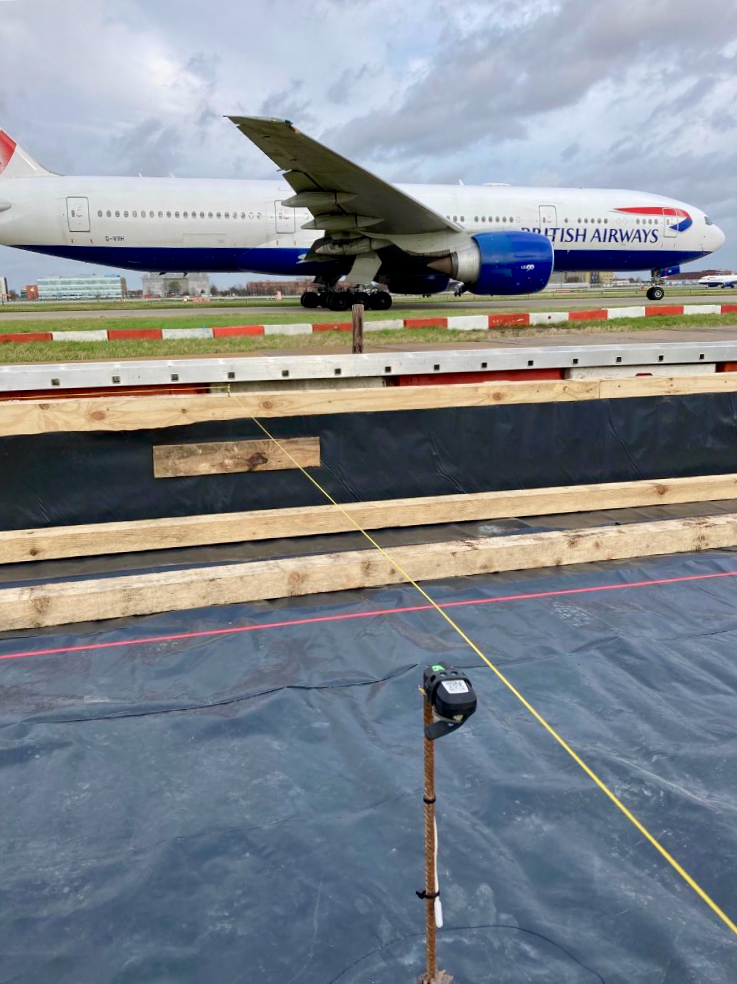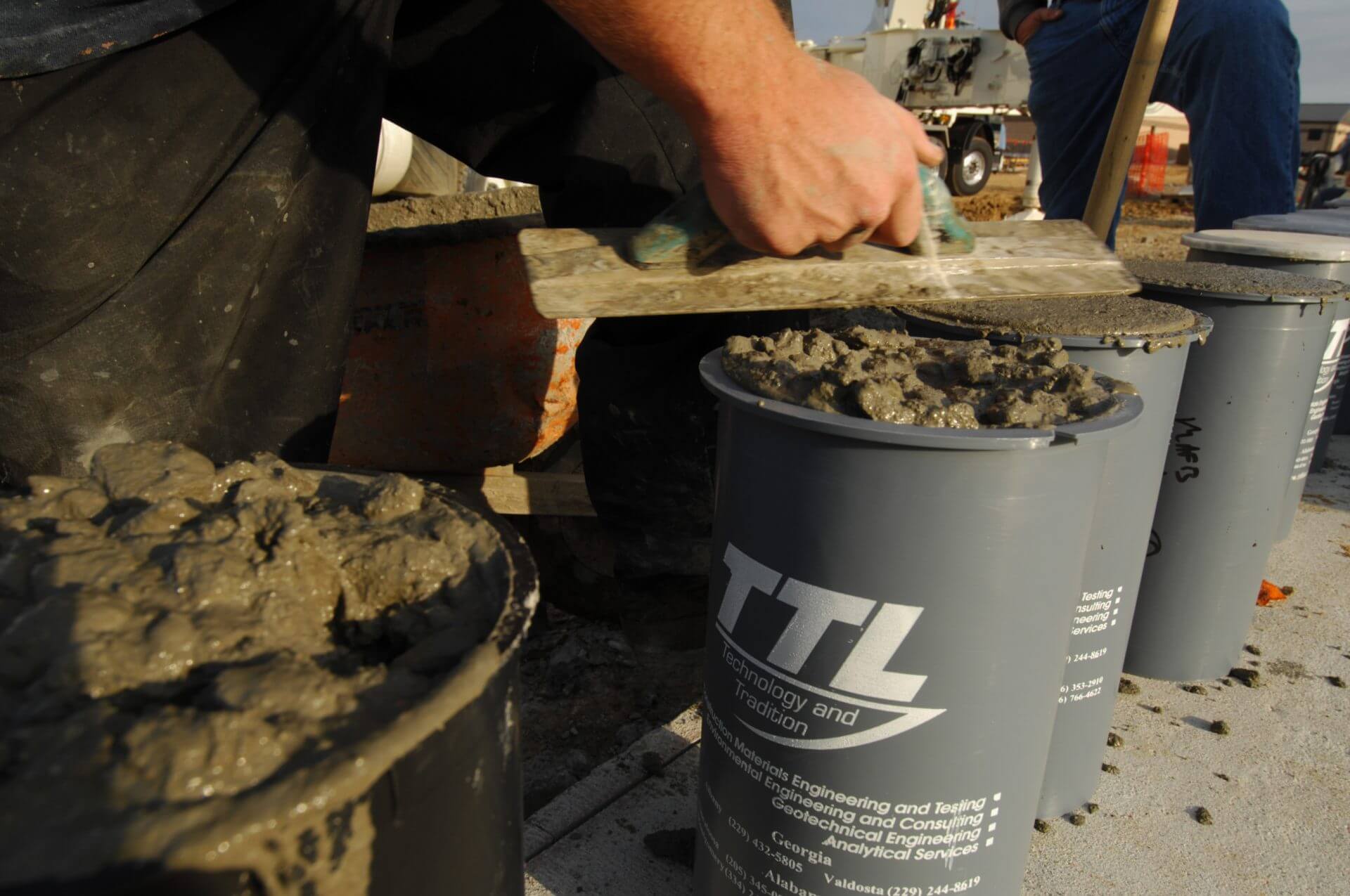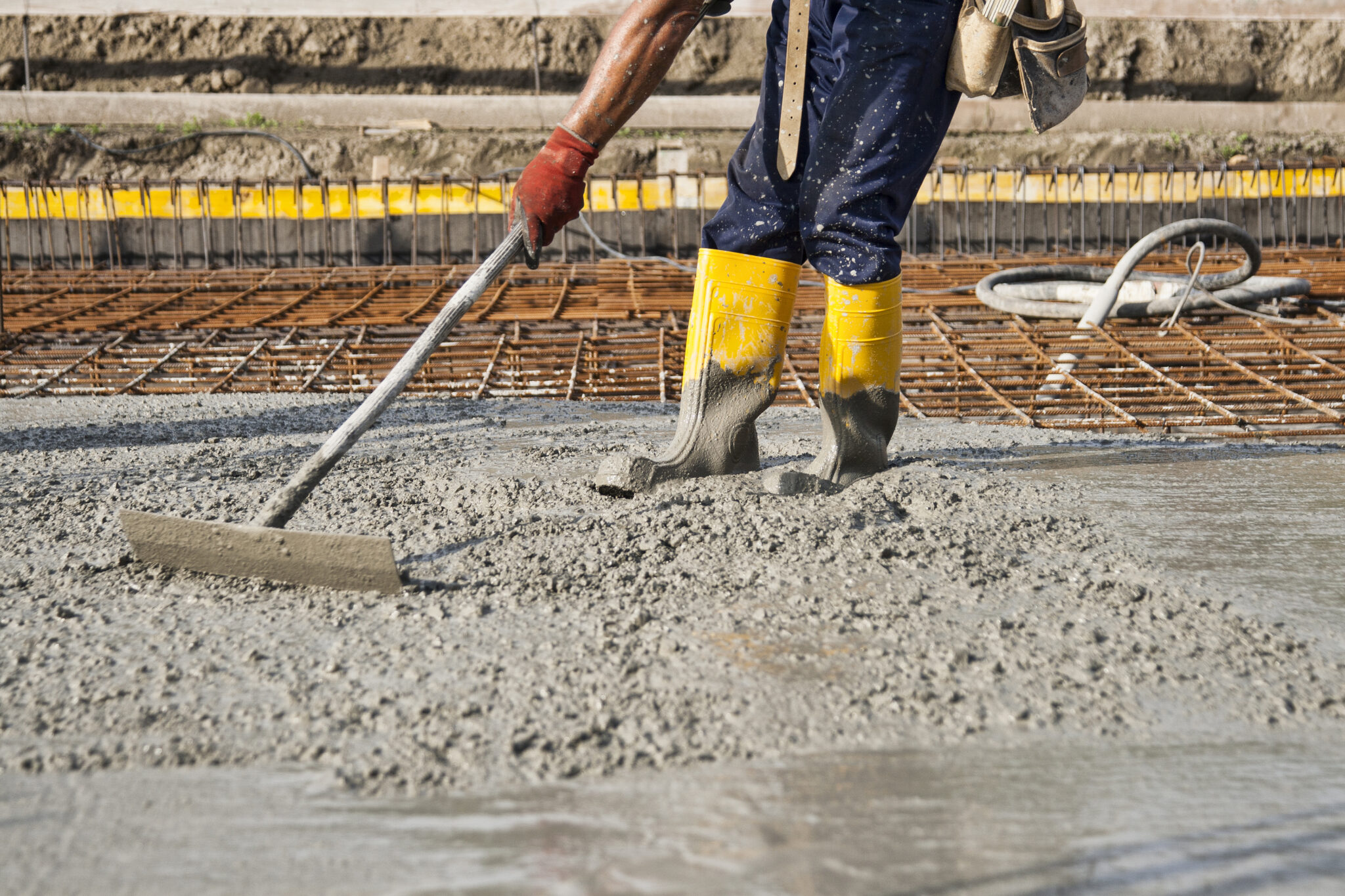In the UK, concrete testing is a critical part of construction, and British Standards provide the framework for ensuring quality, safety, and compliance. For contractors and engineers, understanding and adhering to these standards is crucial—not only for the integrity of a structure but also for meeting regulatory requirements and avoiding costly rework. In this blog, we’ll take a closer look at some of the most relevant British Standards for concrete testing, the challenges contractors often face with compliance, and how technology is helping to streamline the process.
Big Projects Deserve Better Protection
What Are British Standards for Concrete Testing?
British Standards (BS) are a series of guidelines and specifications developed to maintain high standards across industries in the UK. For concrete testing, these standards cover everything from the materials used in concrete mixes to the methods for testing strength, durability, and workability. They ensure that the concrete used in construction is safe, durable, and capable of withstanding expected loads and environmental conditions.
The two most commonly referenced British Standards for concrete testing are:
- BS EN 12390: Testing Hardened Concrete
BS EN 12390 specifies the methods for testing hardened concrete. This includes compressive strength testing (e.g., cube tests), density testing, and splitting tensile strength testing. Compliance with this standard ensures that concrete can bear its designated load and maintain structural integrity.
- BS 8500: Specification for Constituent Materials and Concrete Mix Design
BS 8500 is a dual-part standard providing essential guidance for both specifying concrete and determining the constituent materials for its production. Part 1 focuses on the method of specifying concrete and offers detailed guidance for specifiers to ensure that the specified concrete meets project needs and regulatory standards. Part 2 complements this by outlining the specifications for the constituent materials and concrete mix design, ensuring that the resulting concrete adheres to the required performance criteria. This dual approach allows for tailored concrete mixes that match specific environmental and project demands, optimizing durability and performance.
Read our blog on concrete cube testing in the UK. Click here!
Why Is Adhering to British Standards Important?
Meeting British Standards is essential for several reasons:
- Safety and Structural Integrity
By adhering to BS standards, contractors can be confident that the concrete used is strong, stable, and capable of meeting the structural requirements. This is especially important in critical structures like bridges, high-rise buildings, and tunnels, where concrete failure could have devastating consequences.
- Regulatory Compliance
Most projects in the UK require strict compliance with British Standards. Failing to meet these standards can lead to regulatory fines, project delays, and even legal consequences, impacting both the reputation and finances of those involved.
- Durability and Longevity
British Standards provide guidelines for creating durable concrete that can withstand the UK’s diverse climate, including freeze-thaw cycles, moisture exposure, and chemical attack. By following these standards, contractors can ensure that their structures will last, reducing the risk of costly repairs and maintenance.
- Environmental Sustainability
Standards like BS 8500 also account for sustainability, promoting the use of supplementary cementitious materials (SCMs) and recycled aggregates. This reduces the carbon footprint of concrete production, aligning with the UK’s push for greener construction practices.
The Challenges of Meeting British Standards
While British Standards provide a roadmap for quality and safety, meeting these standards can be challenging in practice. Some of the main obstacles contractors face include:
- Testing Delays
Traditional concrete tests, like the cube test specified in BS EN 12390, often require waiting periods of 7 to 28 days. These delays can slow down projects, especially if test results reveal that the concrete hasn’t met the required strength, leading to costly setbacks and rework.
- Labour and Resource Costs
Following British Standards often requires extensive testing, which involves additional labour, equipment, and time. For large-scale projects, this can lead to a significant increase in costs, particularly if errors in testing or compliance issues arise.
- Environmental Conditions
Testing concrete to British Standards can be particularly challenging in the UK’s unpredictable climate. Environmental factors like temperature and moisture can impact the curing process and affect the accuracy of tests, adding a layer of complexity to compliance.
- Manual Monitoring and Human Error
Ensuring compliance with standards often involves regular, manual testing and monitoring, increasing the risk of human error. Inaccurate measurements or overlooked steps can compromise test results, requiring further testing and potentially delaying the project.
How Technology Is Simplifying Compliance With British Standards
Fortunately, advancements in concrete testing technology are helping contractors streamline compliance with British Standards, saving time, reducing costs, and improving accuracy.
- Wireless Maturity and Temperature Sensors
Wireless sensors allow contractors to monitor the curing and strength development of concrete in real time, even on-site. This technology ensures that the concrete meets British Standards for compressive strength without the delays associated with traditional methods like cube tests. With real-time data, contractors can make timely adjustments, reducing the risk of non-compliance.
- Automated Testing Systems
Automated systems can conduct regular testing and reporting, ensuring consistent adherence to standards like BS EN 12390. These systems reduce the reliance on manual labour, minimising human error and improving the accuracy of results. Automated reporting also simplifies documentation, which can be invaluable during audits or inspections.
- Data-Driven Compliance
Platforms that integrate wireless sensor data with British Standards compliance requirements make it easy to track and document compliance. Contractors can access historical data and generate reports that show adherence to standards, providing a straightforward way to demonstrate compliance to regulators or clients.
AI and Machine Learning for Mix Design Optimisation
AI-powered tools can help contractors create concrete mixes that meet the specifications outlined in BS 8500. These tools allow contractors to account for unique project demands, environmental conditions, and sustainability goals while maintaining compliance. This optimises the mix design process, reducing waste and ensuring that the concrete performs to standard.
Imagine you’re working on a high-profile infrastructure project in central London, where adherence to British Standards is non-negotiable. Traditionally, the process of testing and documenting compliance would involve manual cube tests and extensive paperwork, resulting in high labour costs and potential delays.
Big Projects Deserve Better Protection
Case Study: Heathrow Airport – Leveraging Giatec Technology for Enhanced Concrete Compliance!
In a recent project at Heathrow Airport, Giatec’s advanced concrete testing technology played a pivotal role in ensuring compliance with stringent British Standards. The use of SmartRock™ sensors allowed for continuous, real-time monitoring of concrete curing and strength development, streamlining the testing process and significantly reducing project timelines. This data-driven approach enabled contractors to make immediate, informed decisions, ensuring that the concrete met BS 8500 requirements for mix design and durability without the typical delays of manual cube testing. The adoption of Giatec technology not only boosted accuracy but also demonstrated how integrating innovative solutions can elevate project outcomes in high-stakes environments.

Why UK Contractors Should Embrace Technology for Standards Compliance
Staying compliant with British Standards is essential, but traditional methods are often time-consuming and costly. By embracing modern testing solutions, contractors can ensure that their projects meet or exceed standards like BS EN 12390 and BS 8500 with greater efficiency, accuracy, and sustainability.
Wireless sensors, automated systems, and data-driven platforms allow contractors to reduce testing delays, lower labour costs, and minimise human error—all while meeting the rigorous standards required in the UK. This is a win-win approach, enabling contractors to deliver high-quality projects on time and within budget.
Conclusion
British Standards for concrete testing play a crucial role in ensuring quality, safety, and sustainability in UK construction. However, meeting these standards can be challenging with traditional testing methods. Modern technology offers contractors new ways to comply with BS standards efficiently, ensuring that their concrete meets strength, durability, and environmental requirements without the usual delays or costs.
For contractors looking to streamline compliance and improve project outcomes, the future lies in leveraging digital tools that support British Standards. Faster, smarter, and more reliable solutions are here—why not make the shift?







